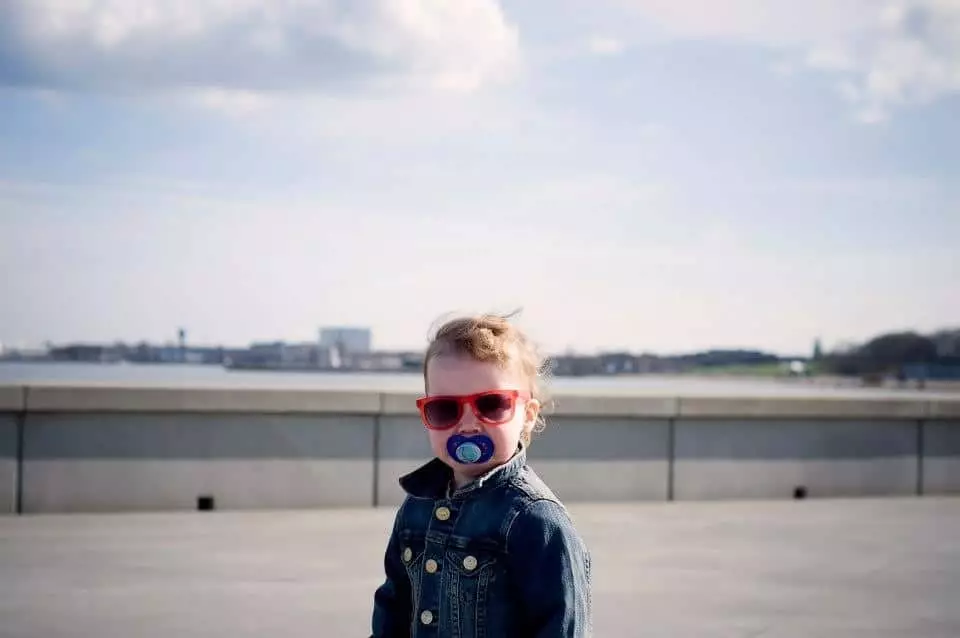Parenting is a journey filled with endless decisions, and one of the most contentious topics among parents is when and how to wean a child from using a pacifier. There’s no shortage of opinions on this front; some advocate for early weaning by around 12 months, while others argue that children should rely on their instincts to give it up when they feel ready. This inconsistency can be overwhelming for parents, leading to debates filled with anecdotal evidence from family and friends. As each child is unique, a one-size-fits-all solution to pacifier use simply does not exist.
It’s essential to consider both the benefits and potential drawbacks of pacifier use. Pacifiers often serve a developmental purpose, providing comfort to infants as they navigate their new world. Yet, experts also highlight the risks, from dental issues to possible ear infections. This article aims to guide you through the pacifier conundrum by weighing the pros and cons, while offering strategies to ease the transition away from this baby habit.
Understanding the positive aspects of pacifier use helps illuminate why many parents choose to introduce them. For infants, sucking can provide critical solace, mimicking the comfort of breast feeding—particularly beneficial for those who might struggle with this attachment. Moreover, initiating pacifier use at sleep onset has been shown to lower the risk of Sudden Infant Death Syndrome (SIDS), a fear that pervades new parents.
Furthermore, some studies suggest that pacifiers can alleviate pain during minor medical procedures, offering a dual role as a pain management tool and a comfort aid. For premature infants, research indicates that non-nutritive sucking, often achieved through pacifiers, can contribute to faster recovery and improved feeding efficiency, making their use in certain scenarios particularly valuable.
While pacifiers can serve crucial functions for infants, potential downsides warrant cautious consideration. The American Academy of Family Physicians points to concerns about how early pacifier introduction may promote premature weaning from breastfeeding. For parents of preterm infants, however, different guidelines exist, reflecting the complexities of each individual case.
Moreover, prolonged use of pacifiers can lead to dental issues that may not arise until the child is older. Data reveals that malocclusion, or misalignment of teeth, occurred in a notable percentage of children who continued this habit into their preschool years. Dental professionals strongly advise weaning off pacifiers by age four, emphasizing the importance of timing in maintaining oral health.
Concerns about hygiene cannot be overlooked either. Research indicates that pacifiers can harbor harmful bacteria and fungi, with a significant percentage of tested samples showing alarming culture growth. This brings into question the safety of prolonged pacifier use, particularly for children who experience recurrent ear infections, as studies have unveiled a potential correlation.
As parents contemplate the right time to wean their child off a pacifier, numerous strategies exist for facilitating the transition without unnecessary stress. One of the gentler approaches that many parents find success with allows for a natural progression—one that recognizes the child’s readiness. Typically, children begin to self-wean between ages three and four, and for many families, this organic timeline proves the least complicated.
Incorporating elements of play and imagination can also transform the experience. For example, the concept of a “Binky Fairy”—a whimsical being who collects pacifiers for new babies—can offer a delightful twist to the routine. Leaving small gifts or notes tied to this fairy helps create a narrative that softens the blow of giving up the beloved pacifier, igniting excitement rather than anxiety.
Alternatively, parents may prefer a more direct approach by gradually reducing pacifier use. This could involve limiting pacifier access to specific times, such as during bedtime or naps, and slowly phasing it out. This method necessitates a great deal of compassion and patience, understanding that children will go through varying levels of distress during this adjustment.
Ultimately, while some parents might consider going cold turkey, this abrupt strategy can be challenging for many families. Instead, a gradual approach often yields better emotional stability for both parents and children.
When confronting the question of weaning a child from pacifier use, it’s crucial to remember that each child is different. There’s no universal rule or correct timeline, so it’s vital for parents to follow their instincts and be sensitive to their child’s needs. Whether you decide to let nature take its course, employ imaginative narrative techniques, or take a step-by-step approach, the key lies in executing these choices with confidence, kindness, and understanding.
Above all, avoid succumbing to stress about this decision. Each stage in parenting unfolds uniquely, and as long as you engage with love and patience, you can feel assured in the choices that best support your family’s journey.

